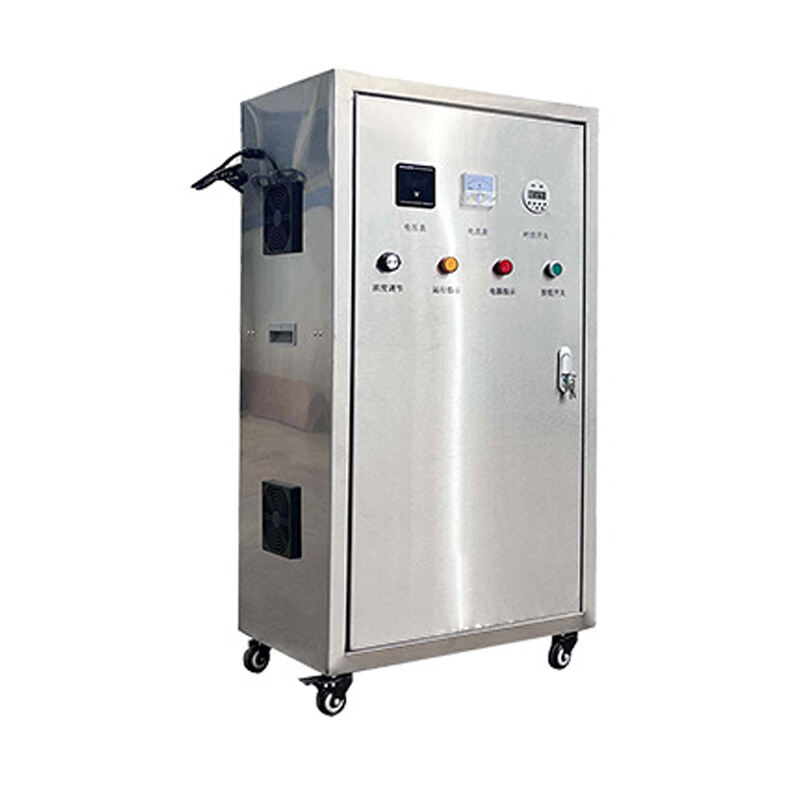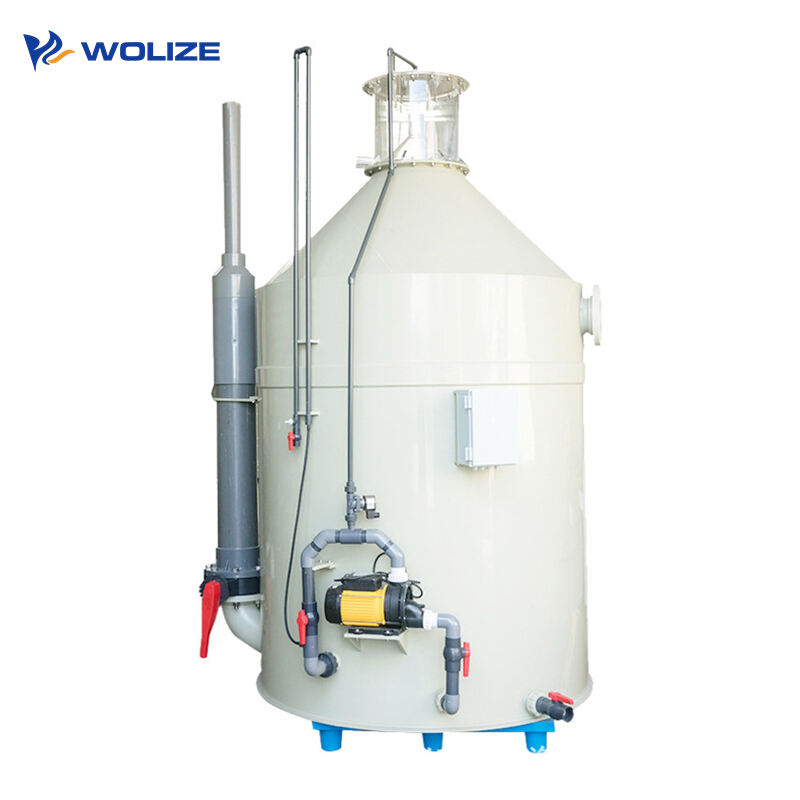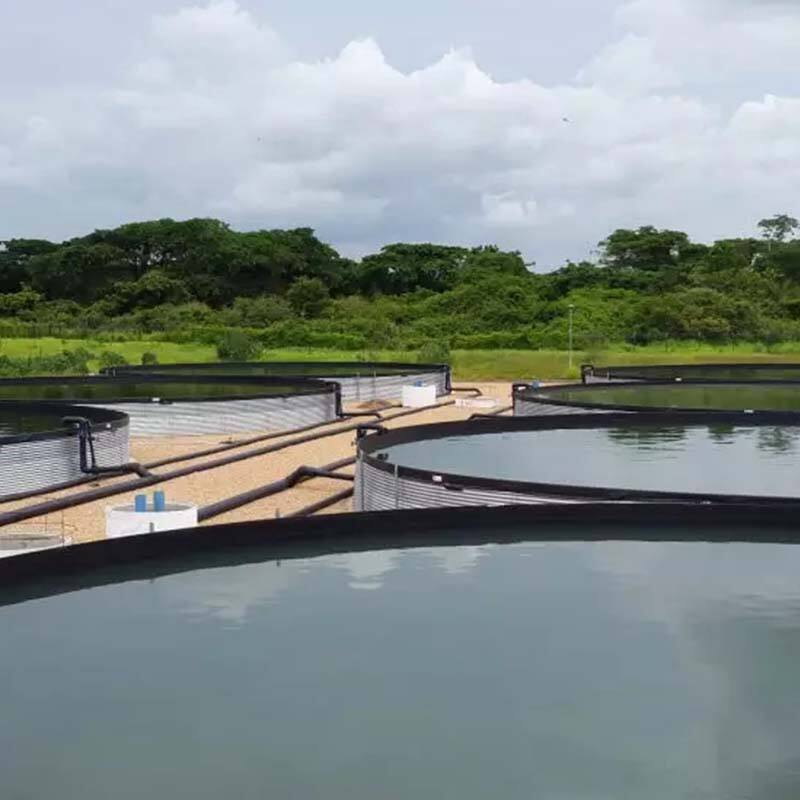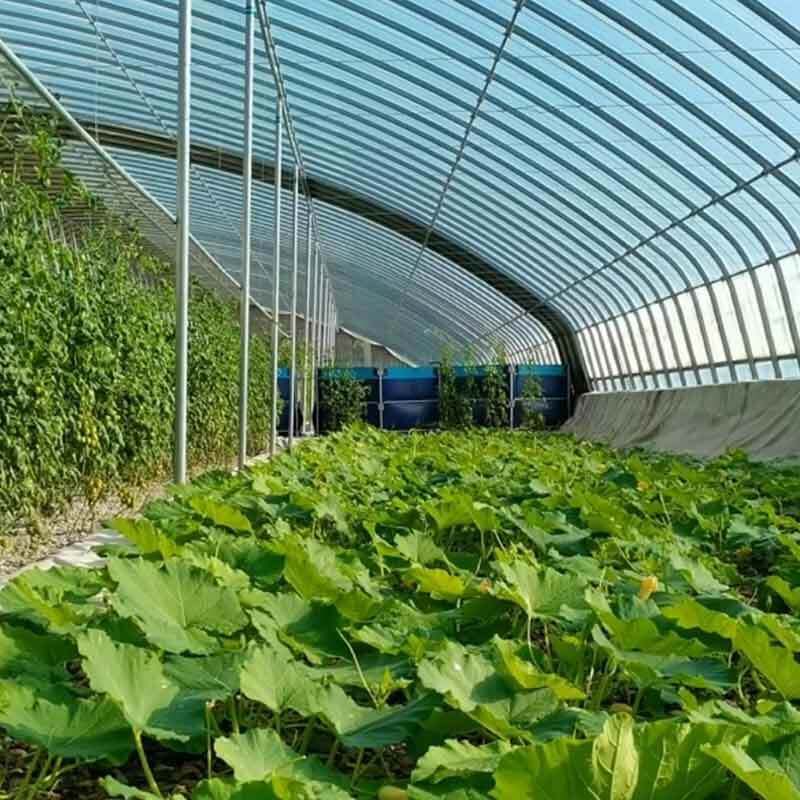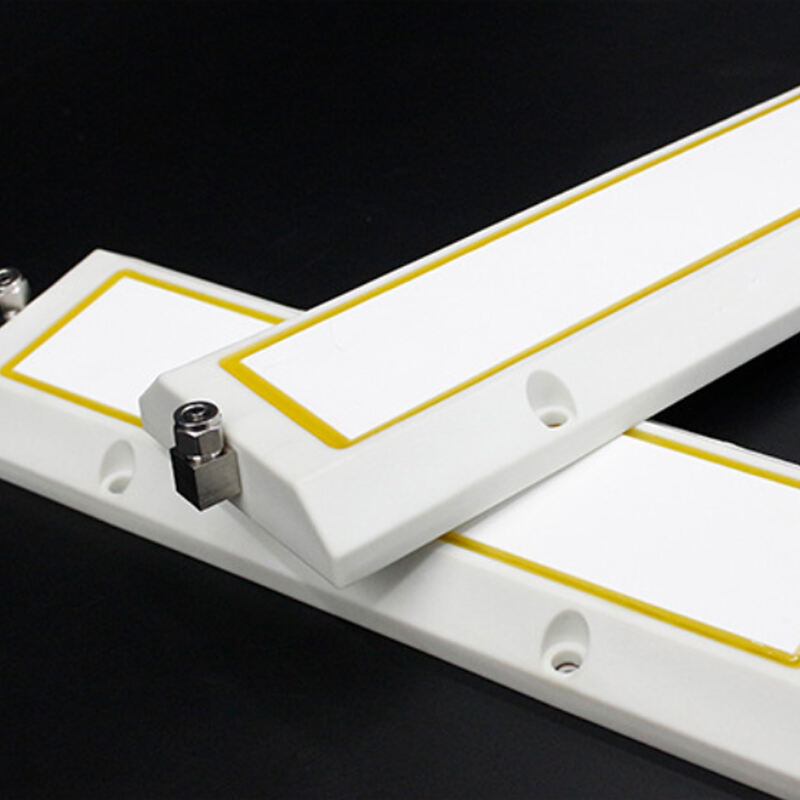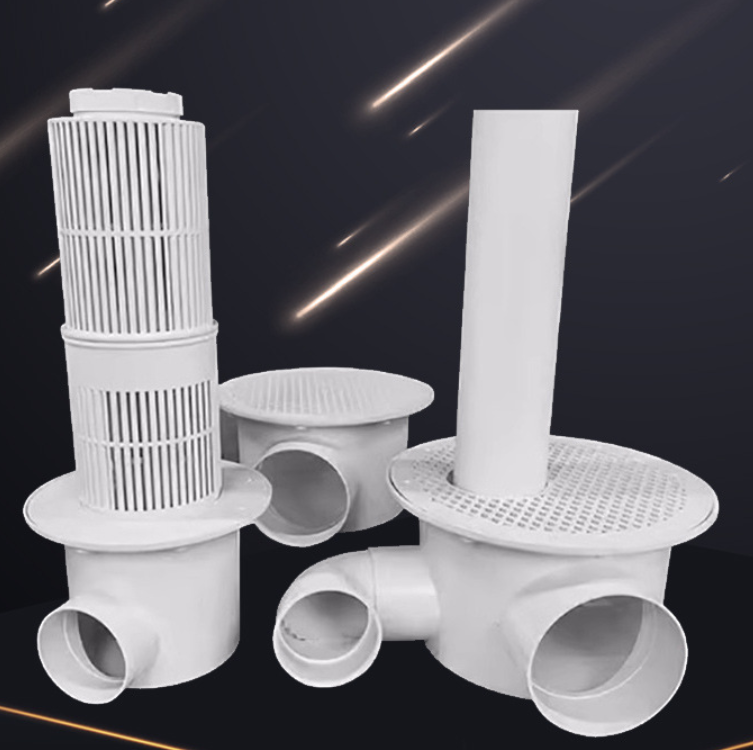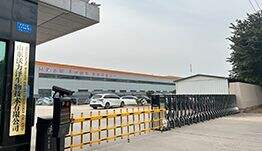Řízení procesu pevných částic v oběhové vodě (II) Regulace TSS prostřednictvím rozumného krmení!
Model řízení procesu pevných částic v oběhové vodě
V systému recirkulační akvakultury je regulační model pro řízení pevných částic nástrojem používaným k optimalizaci kontroly závěsných pevných částic (TSS). Vytvořením modelu lze analyzovat a optimalizovat vznik, odstraňování a regulaci pevných částic za účelem zajištění stabilní kvality vody a efektivního provozu systému. Níže jsou uvedeny podrobné kroky a metody pro tvorbu a správu modelu.
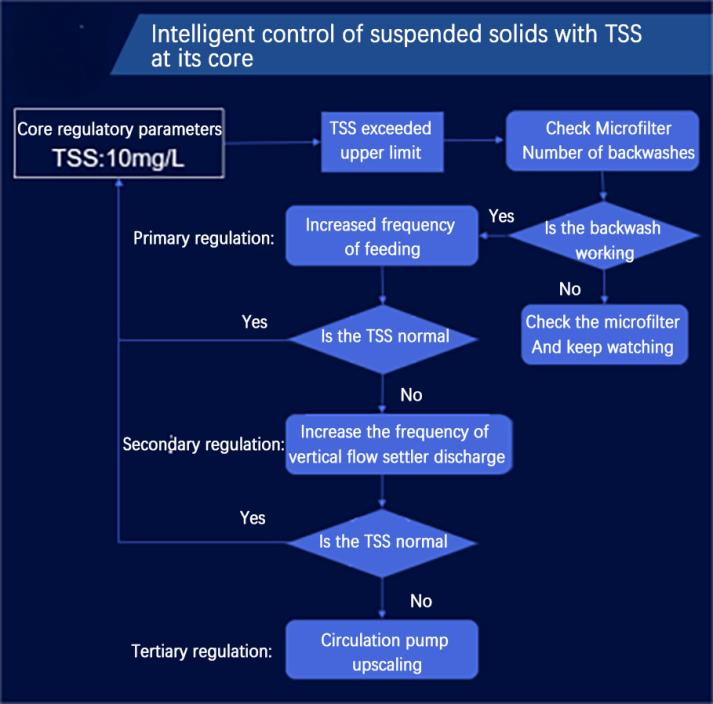
(1). Cíle modelu
Koncentrace pevných částic TSS: 10mg/L
Optimalizujte účinnost odstranění: Upravte provozní parametry filtračního zařízení, abyste optimalizovali odstraňování tuhých částic. Vzorec pro výpočet účinnosti odstranění je:
ETSS=
ETSS: Účinnost odstranění (%)
TSSin: Koncentrace TSS na vstupu (mg/L): Namontujte senzor TSS na vstupu vody do mikrofiltračního stroje, abyste získali hodnotu
TSSout: Koncentrace TSS na výstupu (mg/L): Namontujte senzor TSS na vstupu vody do rybničního systému, abyste získali hodnotu
Snižte provozní náklady: Snižte energetickou náročnost a náklady na údržbu zařízení optimalizací provozních opatření.
Ve recirkulačním akvakulturním systému je koncentrace závěsných tuhých částic (TSS) úzce spojena s energetickou náročností systému. Optimalizací kontroly hladiny TSS lze efektivně snížit energetickou náročnost a zlepšit provozní účinnost systému.
(2). Metody kontroly – Rozumné krmení
Když index obsahu pevných znečišťujících částic přesáhne prostřednictvím monitorování TSS 10 mg/L, je nutné provést následující kroky k regulaci.
1. Přesné dávkování: Vypočítejte množství krmení, abyste předešli nadměrnému krmení a nadbytečnému krmivu.
2. Upravte strategii krmení: Podle druhu, velikosti, růstového stádia a podmínek chovaných organismů sestavte vědecký plán krmení a uplatněte vhodné metody krmení, například krmení v malých dávkách opakovaně, aby se snížilo množství zbylého krmiva vstupujícího do vodního prostředí a tvorba pevných částic.
Doporučuje se použít krmící stroj pro krmení, který může nejen dosáhnout přesného dávkování, ale také krmit v menších dávkách a častěji. Naše společnost uvedla na trh inteligentní krmení pro recirkulační chov ryb. Chyba hmotnosti je díky vážícím senzorům nižší než 3 %. Krmení probíhá po celém procesu automaticky bez nutnosti manuálního zásahu. Nejenže nahrazuje ruční práci, ale také umožňuje snadno realizovat strategii krmení v menších dávkách a častěji.
3. Praktický případ
Recirkulace vody při chovu bílého kraba, objem vody 1000 metrů krychlových, hustota osazení 15 kg/metr krychlový, intenzita krmení 3 %. Účinnost odstraňování závěsných částic v systému recirkulace vody činí 60 %, voda je recirkulována každé 2 hodiny a používá se strategie krmení 4krát denně. Monitoring ukázal, že špičková hodnota TSS překročila 20,25 mg/L.
Po zjištění, že TSS překračuje normu, lze zvýšit frekvenci krmení, přičemž celkové denní množství krmení zůstává nezměněno, a lze upravit strategii krmení ze 4 denních porcí na 12 denních porcí.
Výpočet koncentrace TSS při 4 denních porcích krmení:
Objem vody: 1000 kubických metrů
Hustota chovu: 15 kg/m³
Míra krmení: 3 %
Účinnost odstranění suspendovaných částic v systému cirkulační vody: 80 %
Frekvence cirkulace: jednou za 2 hodiny, 12krát denně
Strategie krmení: 4krát denně
Krok 1: Výpočet celkové biomasy
Nejprve vypočtěte celkovou biomasu v akvakultivaci.
Celková biomasa = objem vody × hustota chovu = 1000 m3 × 15 kg/m3 = 15000 kg/den
Krok 2: Výpočet denní dávky krmiva
Podle dávkovacího režimu vypočtěte denní dávku krmiva.
Denní dávka krmiva = celková biomasa × dávkovací režim = 15000 kg × 3 % = 450 kg/den Denní dávka krmiva = celková biomasa × dávkovací režim = 15000 kg × 3 % = 450 kg/den
Jelikož je denně 4 krmení, dávka krmiva na jedno krmení je:
Dávka krmiva na jedno krmení = 450 kg/4 = 112,5 kg/krmení
Krok 3: Výpočet nárůstu TSS pro každý cyklus
Předpokládejme, že po nakrmění bude krmivo přeměněno na závěsné částice.
Po každém krmení dojde k následujícímu nárůstu TSS:
Nárůst TSS = dávka krmiva na jedno krmení = 112,5 kg
Krok 4: Výpočet odstranění TSS pro každý cyklus
Oběhový systém vody odstraní 80 % závěsných částic v každém cyklu. Proto je odstranění TSS po každém cyklu:
Odstranění TSS = aktuální TSS × 80 %
Krok 5: Simulace změn TSS během 24 hodin
Musíme simulovat změny TSS v cyklu každé 2 hodiny během 24 hodin. Během dne nastává 12 cyklů, tedy celkem 12 cyklů za 24 hodin.
Nastavte TSS na 0 kg.
Kroky pro každý cyklus:
Dávkování (jednou za 6 hodin, tj. jednou za 3 cykly)
Odstraňte 80 % TSS
Vypočtěte koncentraci TSS při 12 jídlech denně
Objem vody: 1000 kubických metrů
Hustota chovu: 15 kg/m³
Míra krmení: 3 %
Odstranění závěsných částic v oběhovém systému vody: 80%
Frekvence cirkulace: jednou za 2 hodiny, 12krát denně
Strategie krmení: 12 krmení denně
Krok 1: Výpočet celkové biomasy
Nejprve vypočtěte celkovou biomasu v akvakultivaci.
Celková biomasa = objem vody × hustota chovu = 1000 m3 × 15 kg/m3 = 15000 kg
Krok 2: Výpočet denní dávky krmiva
Vypočtěte denní množství krmiva na základě dávkování krmiva.
Denní dávka krmiva = celková biomasa × míra krmení = 15000 kg × 3% = 450 kg/den
Jelikož je denně 12 krmení, množství krmiva pro každé krmení je:
Množství krmiva na jedno krmení = 450 kg/12 = 37,5 kg/krmení
Krok 3: Výpočet nárůstu TSS pro každý cyklus
Předpokládejme, že po krmení bude krmivo přeměněno na závěsné částice. Po každém krmení dojde k nárůstu TSS:
Zvýšení TSS = dávkované množství na jednu porci = 37,5 kg
Krok 4: Výpočet odstranění TSS pro každý cyklus
Oběhový systém vody odstraní 80 % závěsných částic v každém cyklu. Proto je odstranění TSS po každém cyklu:
Odstranění TSS = aktuální TSS × 80 %
Krok 5: Simulace změn TSS během 24 hodin
Je třeba simulovat změny TSS po dobu 48 hodin s cyklem každé 2 hodiny. 12 cyklů denně, celkem 12 cyklů za 24 hodin.
Nastavte TSS na 0 kg.
Kroky každého cyklu:
Dávkování (jednou za 2 hodiny, tj. jednou za cyklus)
Odstraňte 80 % TSS
Z výše uvedené analýzy můžeme vidět, že:
4 krmení denně: Množství zaváděných částic prudce stoupne po krmení a poté postupně klesá. Maximální hodnota je vysoká (22,68 kg) a kolísání je velké.
12 krmných příjmů denně: Koncentrace zaváděných částic se stabilizuje na 9,37 mg/L
Závěr: Krmením malými porcemi v pravidelných intervalech lze snížit TSS a také energetickou náročnost zařízení.
Režim krmení 12krát denně efektivně snižuje špičkovou koncentraci zaváděných částic, omezuje kolísání kvality vody, snižuje zatížení i energetickou náročnost filtračních zařízení.
Krmný režim 4 krmy denně způsobí velké výkyvy v koncentraci závěsných částic a zvýší energetickou náročnost filtrů a vodních čerpadel.
Doporučené produkty
Aktuální novinky
-
Vánoční sleva přišla
2024-12-26
-
Je pravda, že chování ryb ve vysokooděnných plátněných nádržích je efektivnější než v obyčejných rybnících?
2024-12-16
-
Výhody galvanizované plátněné rybího nádrže
2024-10-14
-
Technologie vysoko hustotní chovu ryb, náklady rybího rybníka, plátněná rybí nádrž, plátněný rybník, vysoko hustotní chov ryb
2024-10-12
-
Proč volit vysoko hustotní akvakulturu proudící vodou
2023-11-20











































